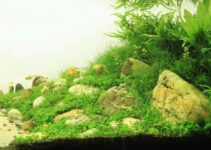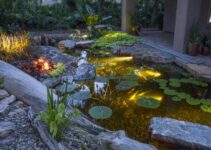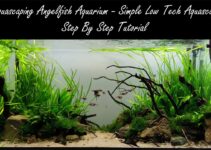Aquascape Water Parameters: Tips for High Bioload Tanks In this auspicious occasion, we are delighted to delve into the intriguing topic related to Aquascape Water Parameters: Tips for High Bioload Tanks. Let’s weave interesting information and offer fresh perspectives to the readers.
Aquascape Water Parameters: Tips for High Bioload Tanks
Unleash the Beauty of a High Bioload Tank: A Comprehensive Guide to Water Parameters
Aquascaping, the art of crafting miniature underwater landscapes, has captivated hobbyists worldwide. But achieving a thriving, biodiverse ecosystem within a limited space requires a deep understanding of water parameters, especially when dealing with high bioload tanks.
Understanding the Bioload Challenge
A high bioload tank, teeming with fish, plants, and invertebrates, presents unique challenges. The increased metabolic activity of these inhabitants generates substantial waste, leading to rapid fluctuations in water quality. This can create an unstable environment, potentially jeopardizing the health and well-being of your aquatic residents.
Key Water Parameters for High Bioload Success
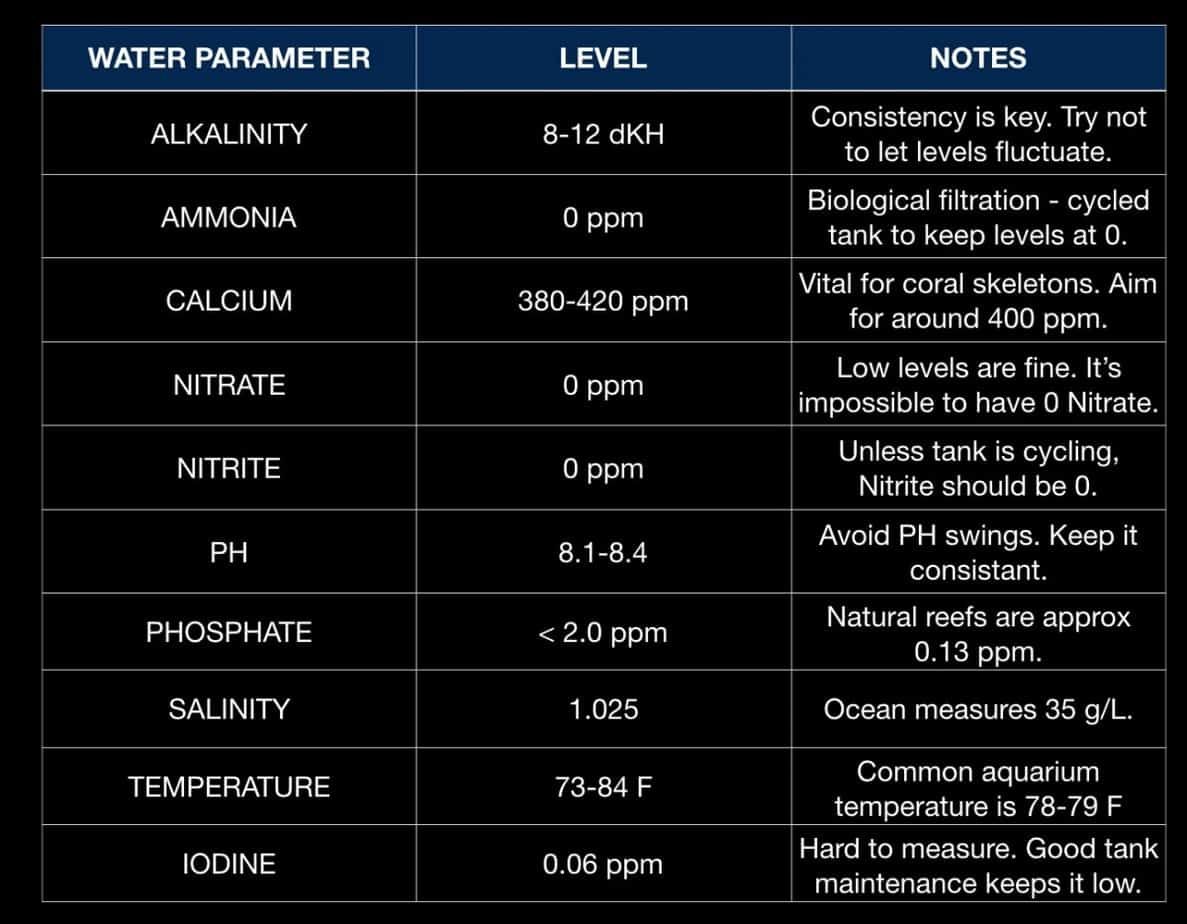
1. Ammonia (NH3/NH4+): The primary waste product of fish metabolism, ammonia is highly toxic. In high bioload tanks, ammonia levels can spike rapidly, posing a serious threat.
2. Nitrite (NO2-): A byproduct of ammonia breakdown, nitrite is also toxic to fish. Efficient filtration is crucial to keep nitrite levels low.
3. Nitrate (NO3-): The final product of the nitrogen cycle, nitrate is less toxic than ammonia and nitrite, but can still negatively impact fish health at high concentrations.
4. pH: The acidity or alkalinity of the water, pH plays a critical role in the overall health of the tank. It influences the availability of nutrients and the effectiveness of beneficial bacteria.
5. Hardness (GH): Measures the concentration of calcium and magnesium ions, hardness affects the stability of pH and the availability of essential minerals for plant growth.
6. Alkalinity (KH): A measure of the water’s ability to resist pH changes, alkalinity is crucial for maintaining a stable pH environment.
7. Temperature: Maintaining the correct temperature is essential for the well-being of your fish and other inhabitants.
Tips for Managing Water Parameters in High Bioload Tanks
1. Start with a Robust Filtration System: Invest in a powerful filter capable of handling the increased waste load. Consider a combination of mechanical, biological, and chemical filtration.
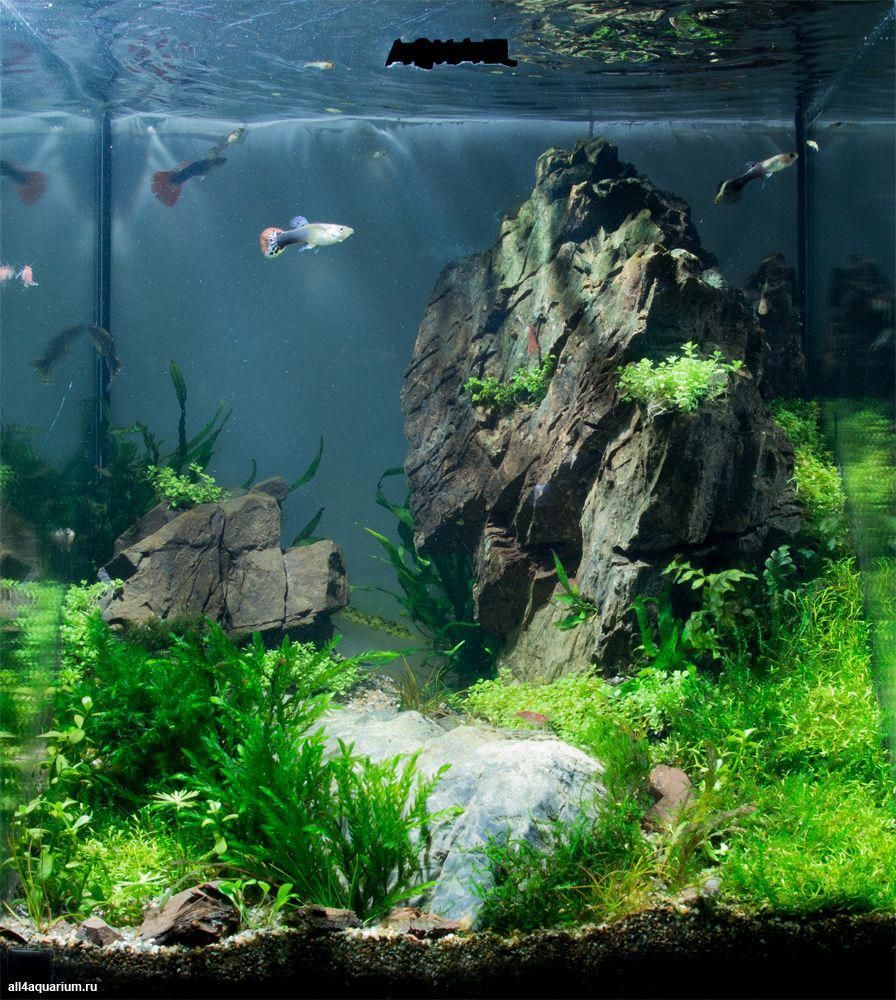
2. Optimize Biological Filtration: A thriving colony of beneficial bacteria is essential for breaking down ammonia and nitrite. Use a high-quality biological filter media and ensure adequate flow through the filter.
3. Regular Water Changes: Perform frequent water changes to remove accumulated waste and maintain stable water parameters. A 25-50% water change every 1-2 weeks is recommended for high bioload tanks.
4. Plant Power: Live plants play a crucial role in absorbing nitrates and providing oxygen. Choose fast-growing, robust species that can thrive in your tank environment.
5. Strategic Stocking: Avoid overstocking your tank. Choose compatible species with similar water parameter requirements and ensure adequate space for swimming and hiding.
6. Regular Monitoring: Invest in a reliable test kit to monitor ammonia, nitrite, nitrate, pH, and other parameters. This will help you identify potential problems and take corrective action before they escalate.
7. Patience and Observation: Building a healthy ecosystem in a high bioload tank takes time. Observe your fish and plants closely for signs of stress or illness. Adjust your maintenance routine as needed.
Powering Up Your Aquascape with High Bioload Success
1. Unleash the Beauty of Biodiversity: A high bioload tank can be a vibrant and captivating display of diverse aquatic life.
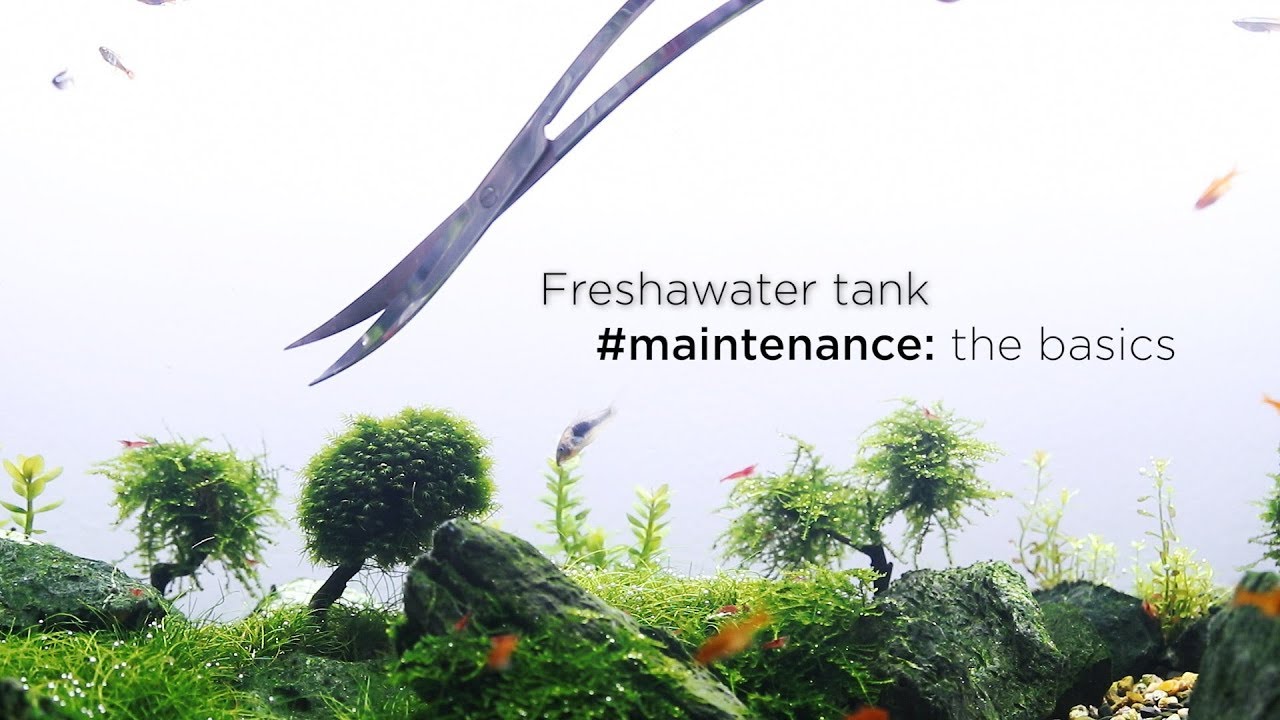
2. Optimize Water Quality for Maximum Health: Proactive water parameter management ensures the well-being of your fish and plants.
3. Embrace the Challenge, Experience the Reward: Mastering high bioload aquascaping is a rewarding journey that deepens your understanding of aquatic ecosystems.
4. Beyond Aesthetics, a Sustainable Ecosystem: Creating a thriving, balanced environment showcases the principles of ecological harmony.
5. A Showcase of Nature’s Resilience: A high bioload tank demonstrates the remarkable ability of nature to adapt and thrive in challenging conditions.
Conclusion:
Managing water parameters in a high bioload tank is a demanding but rewarding endeavor. By understanding the key parameters and implementing the tips outlined above, you can create a thriving aquatic ecosystem that showcases the beauty and resilience of nature. Remember, patience, observation, and a commitment to maintaining optimal water quality are essential for success in this challenging but captivating hobby.
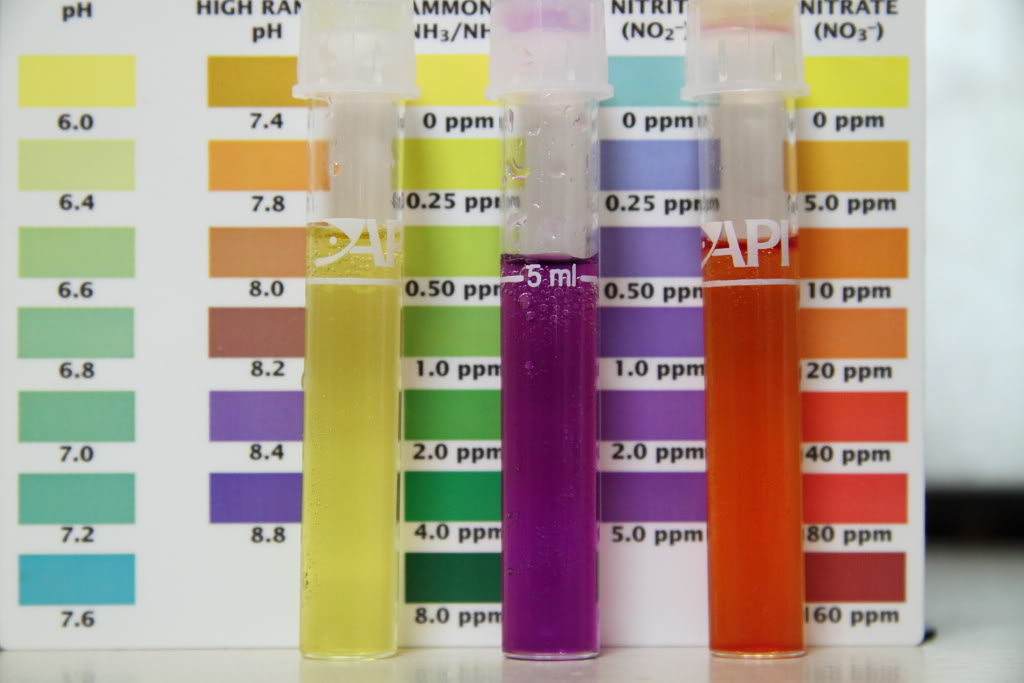
Closure Aquascape Water Parameters: Tips for High Bioload Tanks
Thus, we hope this article has provided valuable insights into Aquascape Water Parameters: Tips for High Bioload Tanks. We hope you find this article informative and beneficial. See you in our next article!
